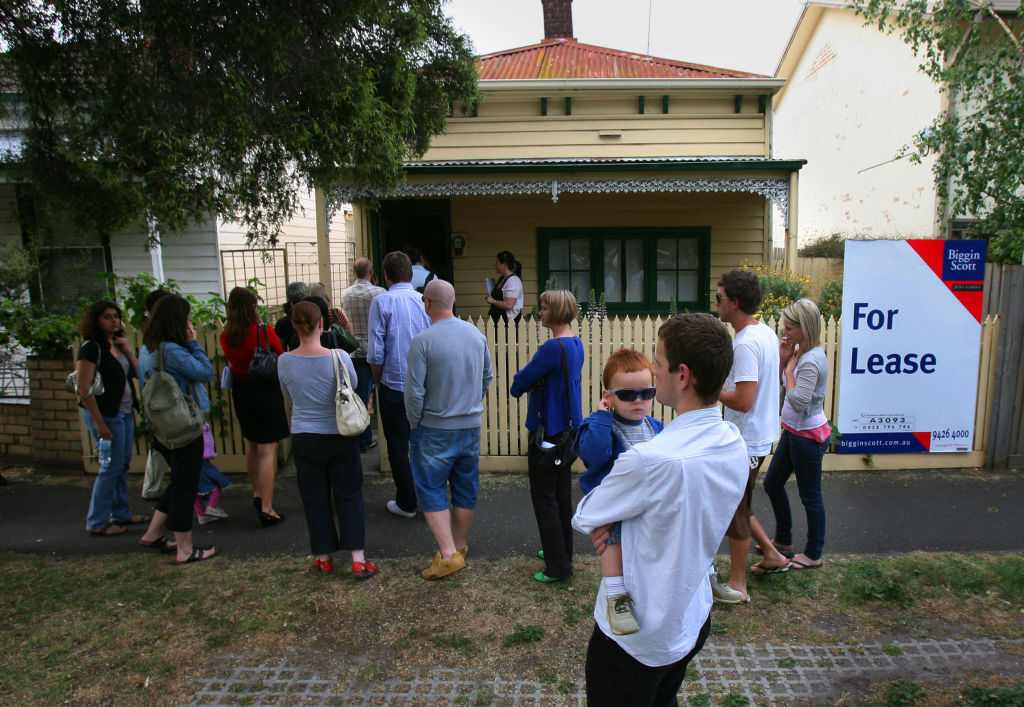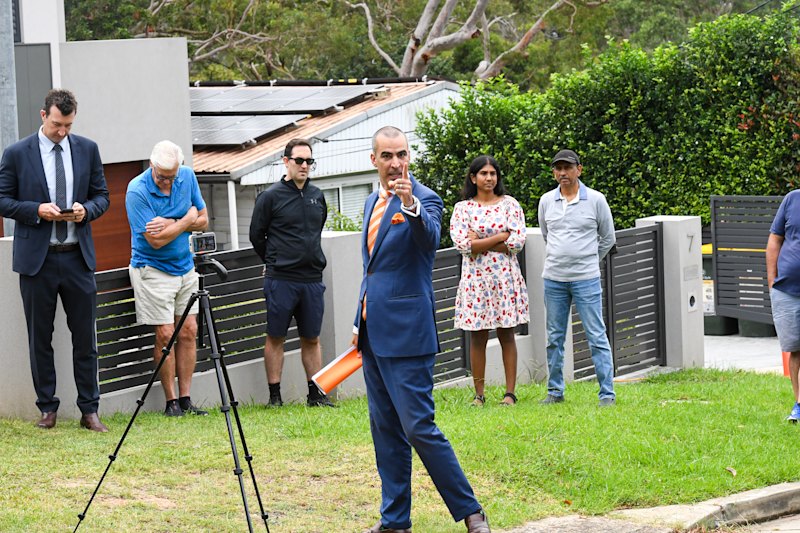Rent Report: Canberra bucks the trends as rents decline
Canberra’s rental market has finally stabilised and – although it remains one of the most expensive cities for rentals in the country – is the only capital city where rents have fallen in the past three months, a new report shows.
Domain’s Rent Report, released on Thursday, revealed house rents in Canberra hit a two-year low – down 3 per cent for the September quarter and 3.7 per cent for the year to a median of $655 per week.
According to the report, Canberra house rents fell for a second consecutive quarter in September, marking the steepest quarterly decline in a decade and the steepest annual decline since mid-2014.
Domain’s chief of research and economics, Dr Nicola Powell, said this bucked the overall national trend of rising rents as Canberra was the only city to experience falling house rents over the quarter and year.
“It’s still a landlord’s market but it is a better and more stable situation after a strong period of rental growth,” Powell said.
The report found that Canberra’s median house rents were $35 lower than the March record – a stark comparison to the city’s almost five-year reign as the most expensive in which to rent a house.
“Canberra unit rents held steady for the second consecutive quarter and flatlined over the year to provide the most stable conditions the city has seen in roughly 11 years. Unit rents are $10 lower than the December 2022 record, bucking the national trend to become one of only three capital cities below previous records,” Powell said.
The combined national median asking rent for a house hit $600 a week, up 3.4 per cent over the quarter and 13.2 per cent year-on-year.
“We need between 40,000 to 70,000 additional rentals to balance out Australia’s rental market,” Powell said. “That is like adding all of the dwellings in the LGA of Newcastle into the market.
“This is a significant amount of rental stock needed to balance out the rental market today, and not taking into account future population growth and people arriving from overseas and people relocating.”
Across the combined regionals, Canberra, Brisbane and Hobart are the only cities to see an annual increase in the vacancy rate.
“Canberra’s vacancy rate is also the highest of all the capital cities at 1.6 per cent, although it has started to decline in recent months,” Powell said.
Typically, a balanced market is when a vacancy rate sits between 2 and 3 per cent, showing supply and demand have steadied.
Powell said supply is generally better in Canberra, with the city better at delivering mid- to high-rise apartments while net immigration is also down.
“The slowing rental growth suggests an affordability ceiling is being reached as strained tenant budgets cannot keep pace with escalating rents and living costs. These dynamics are likely to have led to a reconsideration of house shares or opting for a more affordable location, property type or size. Recent Reserve Bank of Australia research supports this theory that suggests that the average number of people per dwelling is rising.”
The most staggering price-surge nationally has been in unit rents. Across the nation’s combined capitals, the cost of renting a unit is now the same as renting a house – $600 a week – after prices skyrocketed by 23.7 per cent in the past year.
The majority of that growth has been driven by soaring unit rents in Sydney, Melbourne and Brisbane, where prices have risen by up to 23.6 per cent.
Untenable rent rises in many parts of the nation have made the outlook for tenants “very hard”, Powell said.
For the first time, Brisbane is now the second most expensive city in which to rent a unit (jointly with Canberra) and behind only Sydney.
Powell said a drop in rental prices seemed unlikely with vacancy rates as low as they were and while rents were not rising at “the extreme paces they once were”, they were still comparatively very high.
“Rent increases may be easing from the extreme hikes seen throughout 2022 and early this year,” she said. “However, the pace of growth remains heightened compared to historical standards – the combined capital median house rent rose 0.4 per cent on average throughout the 2010s and for units by 0.6 per cent. Over the September quarter, rents increased by 3.4 per cent.”

However, Powell said the cash rate being held at 4.10 per cent, coupled with low vacancy rates, could entice investors back into the market.
“Investors want certainty and I think now that we’ve had a number of months where that cash rate has held, there’s an element of certainty for investors to enter the market again” she said.
“[However], it’s really hard for tenants [to become home owners] because they have high rental costs and high costs of living. We also have our housing market back in recovery and we’ve seen the cost of debt increase significantly over the past 12 to 18 months, which has obviously had an impact on holding costs of debt and how much they can borrow.
“Ultimately, it’s become even more challenging for a tenant to transition to becoming a home owner, and I think that’s why it’s important we have the right incentives in place to help tenants transition to become home owners. But I also think, off the back of the cash rate holding steady, this is a good thing and will provide that assurance for buyers.”
We recommend
States
Capital Cities
Capital Cities - Rentals
Popular Areas
Allhomes
More







